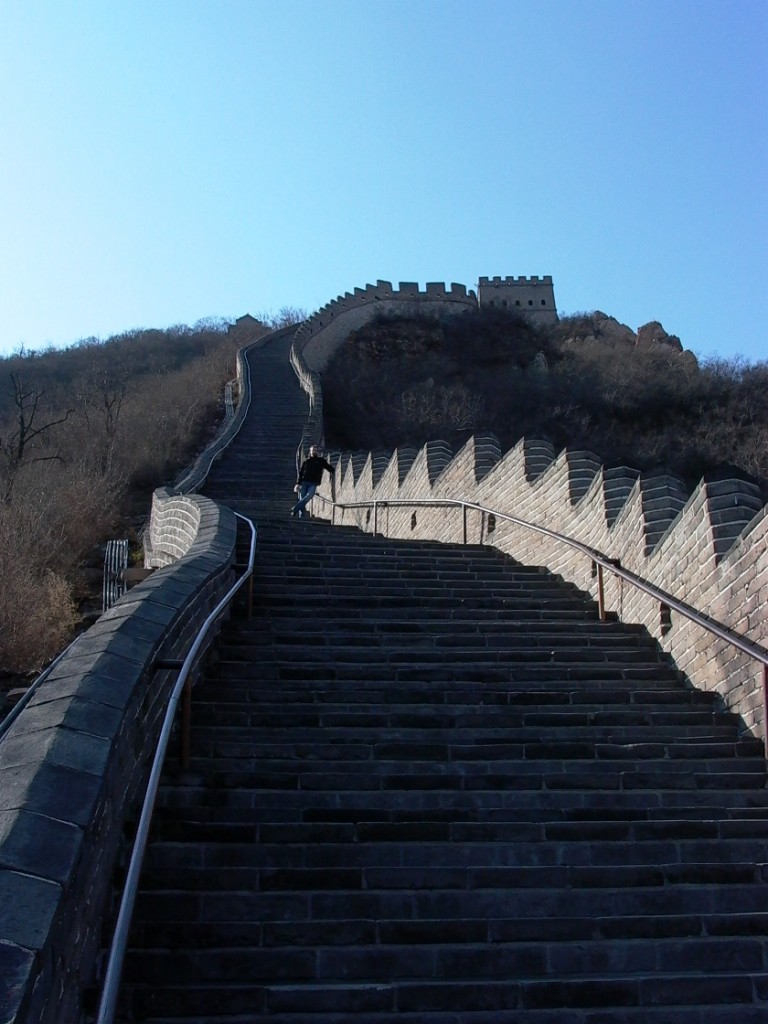Nov. 25 – Beijing
Thirty kilometres, two hours. Until now, I’ve dodged the peak traffic times, but today’s trip home by bus from Tiananmen Square happened at rush hour. It started easily enough. We boarded a doubled-decker at the eastern end of the square and scored seats right at the front. This gave us a panoramic view of the new, globalized Beijing. All bright lights, tall office buildings, shopping centres and movie theatres. And of course, red tail lights moving slowly into thick haze. (Today’s air quality report: “hazardous” for 24 hours, solid).
“hazardous” for 24 hours, solid).
We got off the double-decker into the cold night air and didn’t wait long for our connecting bus to appear. The trick was getting on. We looked to find the likeliest doors, then shoved our way in, more-or-less gently. The contact was standing-full-body for about an hour. On one of the less dense stretches, I estimated I had about 15 people within arm’s reach. As we approached stops, there was an anticipatory shuffling towards the exits. Then, a slow human tide pressing out followed by a faster tide jamming back in. All the while, a shrill, permed attendant shouted exhortations – presumably various forms of “make room”.
As the automated recording announced the upcoming stops in Mandarin, then English, I looked around at my fellow passengers. They were silent, mainly. People gazed out the windows if they could, or down into the small screens of their smartphones. There certainly was not enough room to open a newspaper or book. I wondered what they were thinking about. No one seemed incensed at the bus’s slow pace. This is intolerable, yet unavoidable, and so normal here.
 A word on Tiananmen. Though it attracts many tourists, to me the massive square appeared as a bald projection of the Chinese government’s might. Vigilance is pervasive, in the form of police (uniformed and plainclothes) and tower-mounted video monitoring.
A word on Tiananmen. Though it attracts many tourists, to me the massive square appeared as a bald projection of the Chinese government’s might. Vigilance is pervasive, in the form of police (uniformed and plainclothes) and tower-mounted video monitoring.

